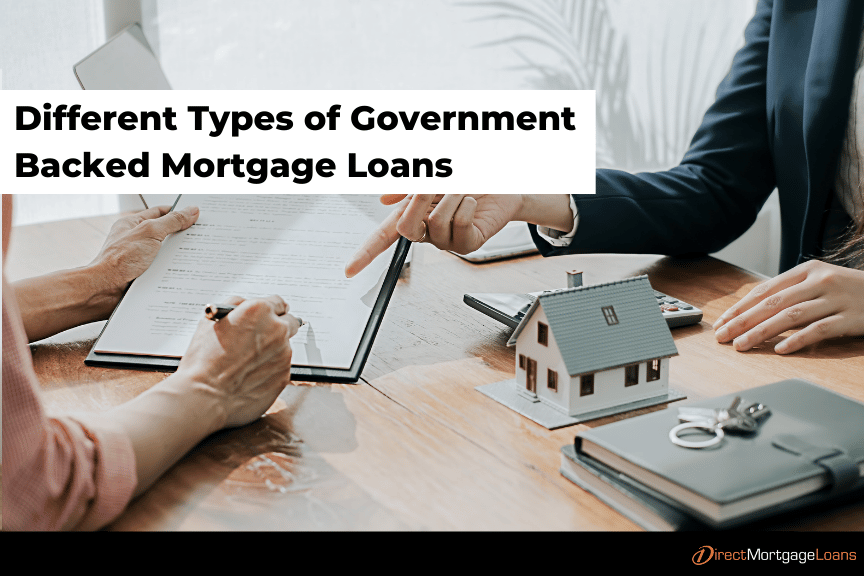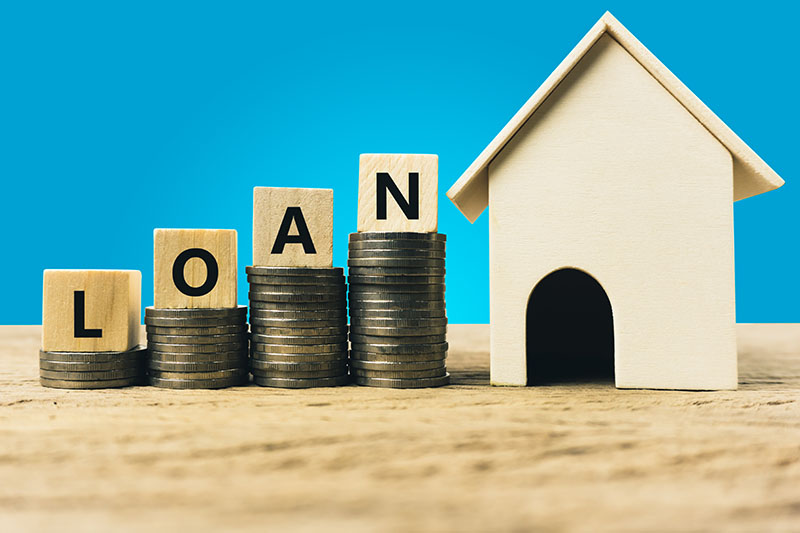Step-by-Step Procedure to Get Conventional Mortgage Loans
Step-by-Step Procedure to Get Conventional Mortgage Loans
Blog Article
The Crucial Variables to Consider When Finding In Between Fixed-Rate and Adjustable-Rate Home Mortgage Car Loans
When assessing home loan options, debtors encounter an essential decision in between adjustable-rate and fixed-rate loans, each offering prospective mistakes and distinctive advantages. Key factors to consider such as rates of interest stability, predictability in regular monthly payments, and the effects of prospective rate adjustments can significantly affect long-term economic health and wellness. Additionally, understanding the expected duration of homeownership and the total expense of loaning can form one's strategy. As these aspects link with private financial situations and run the risk of resistance, the implications of this choice might not be as simple as they seem. What nuances should be prioritized in this critical decision-making procedure?
Rate Of Interest Security
When picking a home mortgage, comprehending rate of interest stability is critical for educated decision-making. Rates of interest can significantly affect the general price of a home mortgage, and acknowledging the nature of these rates is important for debtors. Fixed-rate home loans use the benefit of constant monthly settlements over the life of the financing, securing customers from market variations. This security allows property owners to intend their financial resources with greater certainty, as they will not be influenced by increasing interest rates.
On the various other hand, adjustable-rate mortgages (ARMs) begin with reduced initial prices that may change periodically based on market conditions. While this can result in lower payments initially, it likewise introduces uncertainty, as consumers might encounter boosted repayments if rates of interest climb. For those thinking about an ARM, it is crucial to assess the chance of price adjustments, the capacity for repayment boosts, and the length of the preliminary fixed-rate period.
Ultimately, the option in between fixed-rate and adjustable-rate home mortgages pivots on individual risk resistance and monetary circumstances. Understanding passion rate stability aids customers make notified decisions that line up with their lasting monetary goals.
Monthly Payment Predictability
While customers typically prioritize rates of interest security, the predictability of month-to-month payments is just as vital in the home loan selection procedure (Conventional mortgage loans). Monthly repayment predictability plays a crucial role in budgeting and financial planning, as it straight affects a home owner's cash flow and general economic wellness
Fixed-rate mortgages provide a constant regular monthly repayment throughout the life of the lending, allowing debtors to prepare for and intend their expenses successfully. This security can be specifically helpful for novice property buyers or those on a fixed income, as it eliminates the unpredictability connected with rising and fall payments.
On the other hand, variable-rate mortgages (ARMs) usually feature reduced initial settlements that can alter over time, causing potential irregularity in month-to-month obligations. While originally appealing, this unpredictability can make complex financial planning, especially if customers do not represent future rate adjustments.
Possible Rate Changes
In the world of adjustable-rate home loans (ARMs), prospective rate modifications stand for a considerable variable that consumers have to very carefully take into consideration. Unlike fixed-rate home mortgages, where the rate of interest continues to be unchanged for the life of the lending, ARMs are characterized by varying rate of interest prices that are tied to market indices. This irregularity can bring about considerable adjustments in monthly repayments, influencing the debtor's economic planning and budgeting.
Typically, ARMs have a preliminary fixed-rate period throughout which the rates of interest is stable. After this period, however, the rate adjusts at fixed intervals-- generally each year. Consumers need to know the margin and index utilized to determine these adjustments, as they straight affect future rate of interest rates. Furthermore, ARMs commonly include caps that restrict just how much the rates of interest can boost at each change and over the life of the finance, which can provide some level of protection against extreme rate hikes.
Recognizing these possible modifications is important for debtors, as they straight affect long-lasting repayment obligations. Consequently, examining personal monetary scenarios and take the chance of resistance is essential when making a decision whether an ARM aligns with one's monetary goals.
Loan Term Considerations
Loan term considerations play an essential function in the decision-making procedure for borrowers choosing between fixed-rate and adjustable-rate mortgages. The length important site of the financing term considerably affects month-to-month repayments, rate of interest, and total economic preparation. Fixed-rate mortgages generally use terms of 15 to three decades, supplying stability in month-to-month settlements and predictability in budgeting. This can be specifically appealing for borrowers that prepare to remain in the very same home lasting and prefer the assurance of fixed payments throughout the life of the lending.

Eventually, debtors have to assess their individual circumstances, financial goals, and market problems when considering the ramifications of finance term selections within each mortgage type.

General Cost of Loaning
The overall price of borrowing is an important factor that can substantially influence a customer's option in between fixed-rate and adjustable-rate mortgages. Fixed-rate home mortgages supply predictable monthly payments, as the rate of interest stays continuous throughout the funding term. This predictability can lead to reduced general prices, particularly in a secure or decreasing interest rate environment. Consumers can budget plan successfully, knowing their repayments will certainly not vary.
On the other hand, variable-rate mortgages (ARMs) normally begin with reduced preliminary rates, resulting in decreased in advance costs. Nevertheless, these rates can boost after an initial duration, resulting in possibly higher lasting costs. Debtors must consider the regularity and extent of rate changes, along with the general car loan duration, to accurately analyze the financial effects.
Furthermore, the total cost of loaning incorporates not only rate of interest yet likewise costs and other connected expenses, such as closing prices and insurance coverage (Conventional mortgage loans). When reviewing home loan choices, debtors must carry out a complete price evaluation over the life of the financing. By doing so, they can make an educated decision that aligns with their monetary goals and risk tolerance
Verdict
Interest rate stability and monthly repayment predictability are vital for efficient budgeting, while the possibility for price modifications in ARMs introduces economic unpredictability. In addition, the awaited period of homeownership and the overall price of borrowing, consisting of rate of interest prices and associated costs, must straighten with private monetary circumstances and run the risk of resistance.
Secret factors to consider such as interest rate stability, predictability in regular monthly settlements, and the effects of prospective rate adjustments can considerably affect long-term economic health. Rate of interest prices can significantly affect the overall expense of a mortgage, and read the article acknowledging the nature of these prices is crucial for customers. Unlike fixed-rate home loans, where the passion read the full info here price stays unchanged for the life of the financing, ARMs are characterized by varying passion rates that are linked to market indices. Additionally, ARMs usually include caps that limit exactly how much the passion rate can increase at each change and over the life of the financing, which can supply some level of defense against radical rate walkings.
Passion rate stability and regular monthly repayment predictability are paramount for efficient budgeting, while the potential for price changes in ARMs presents economic uncertainty.
Report this page